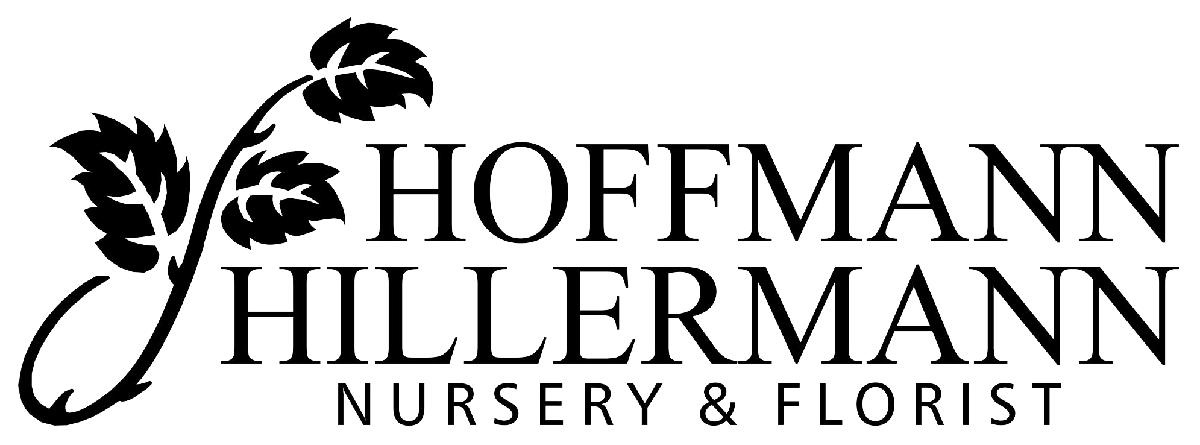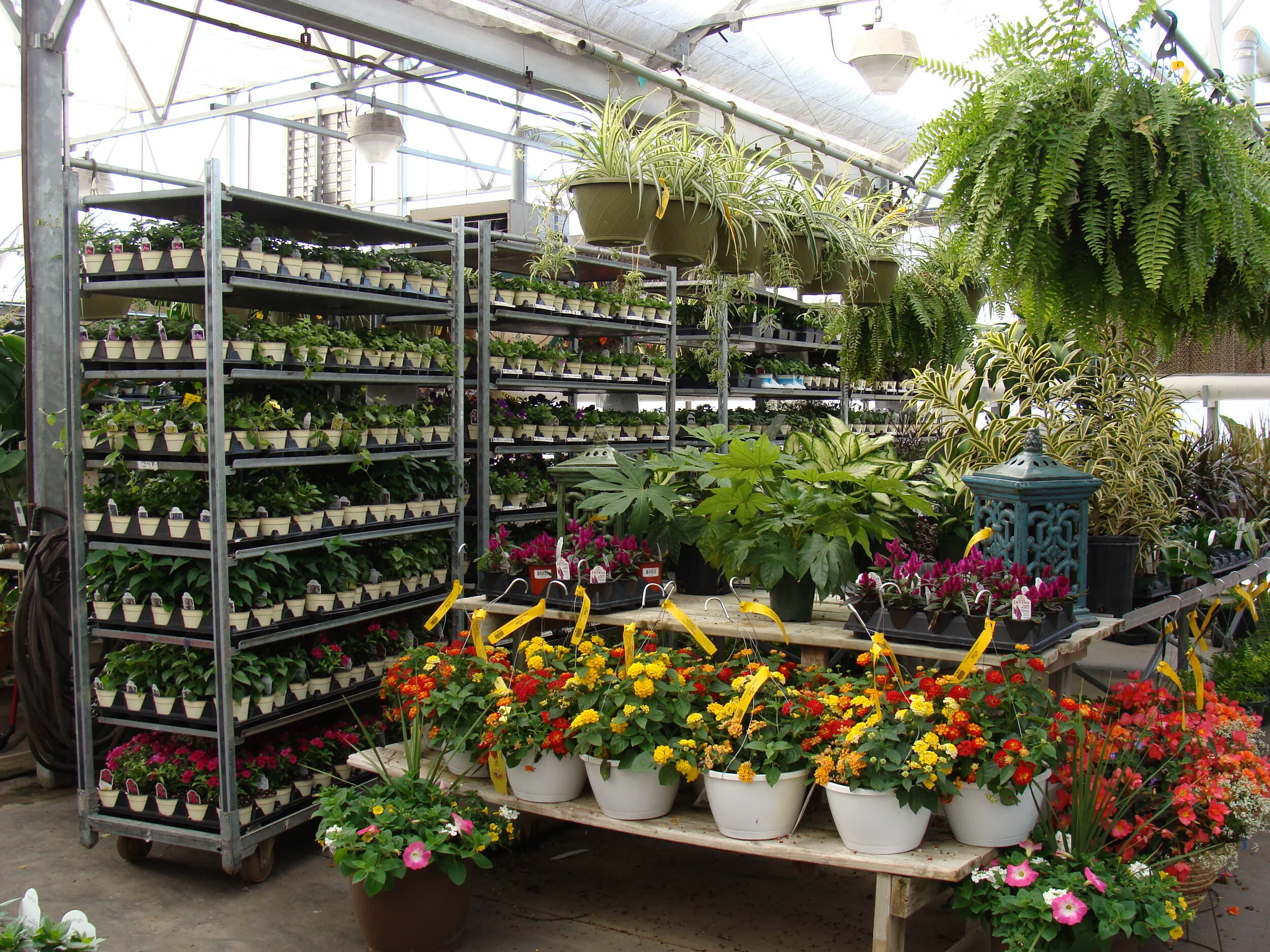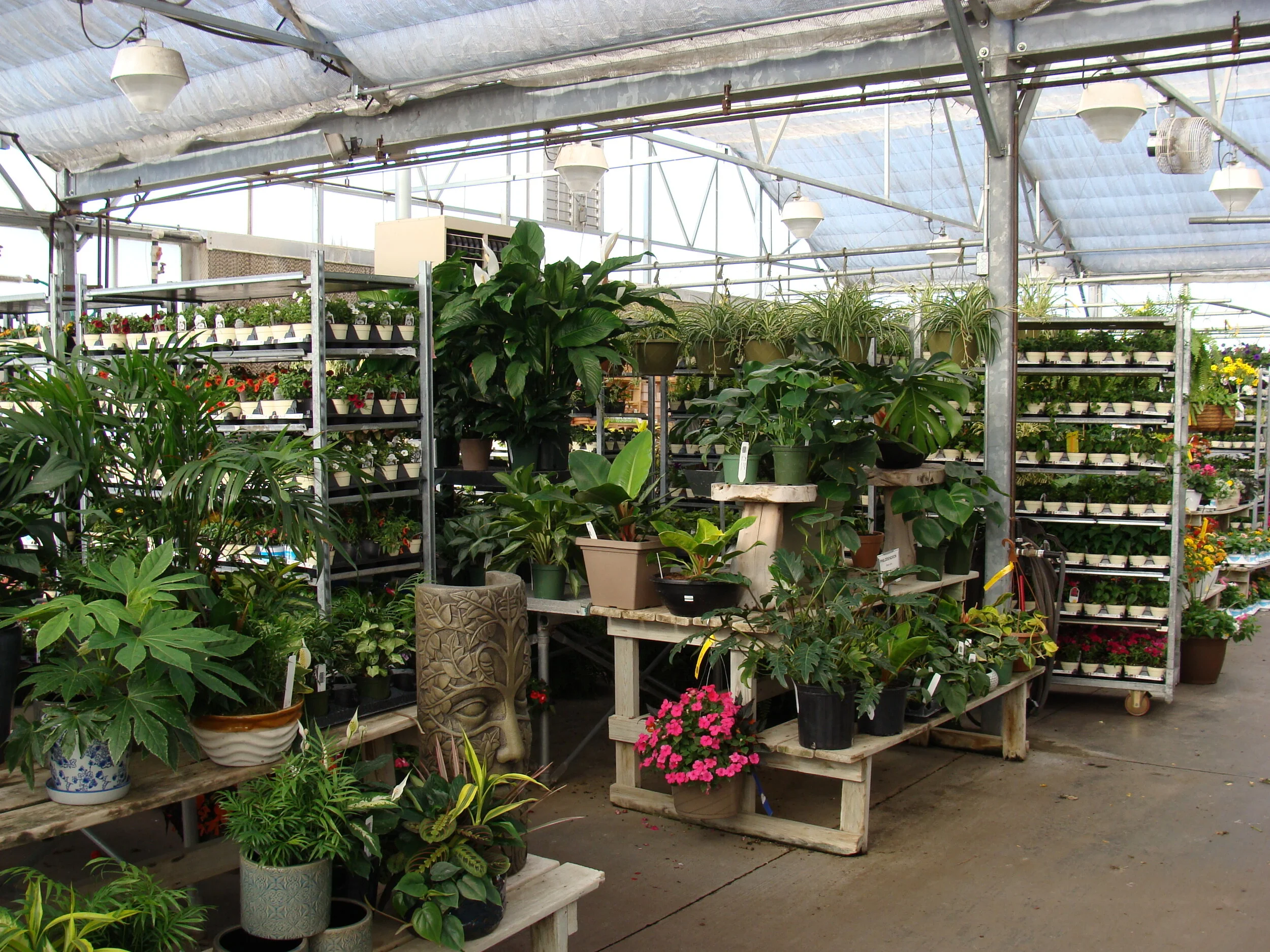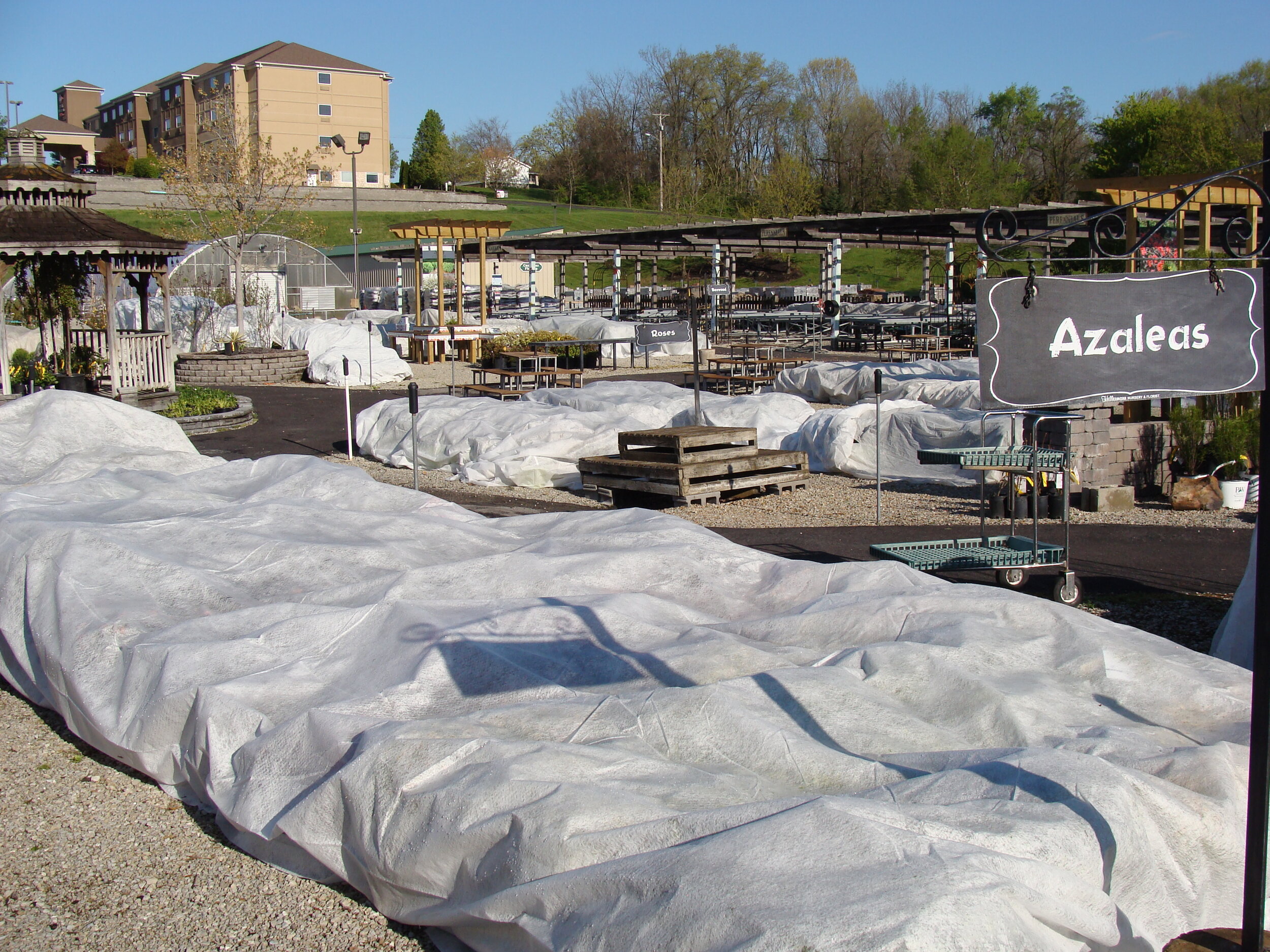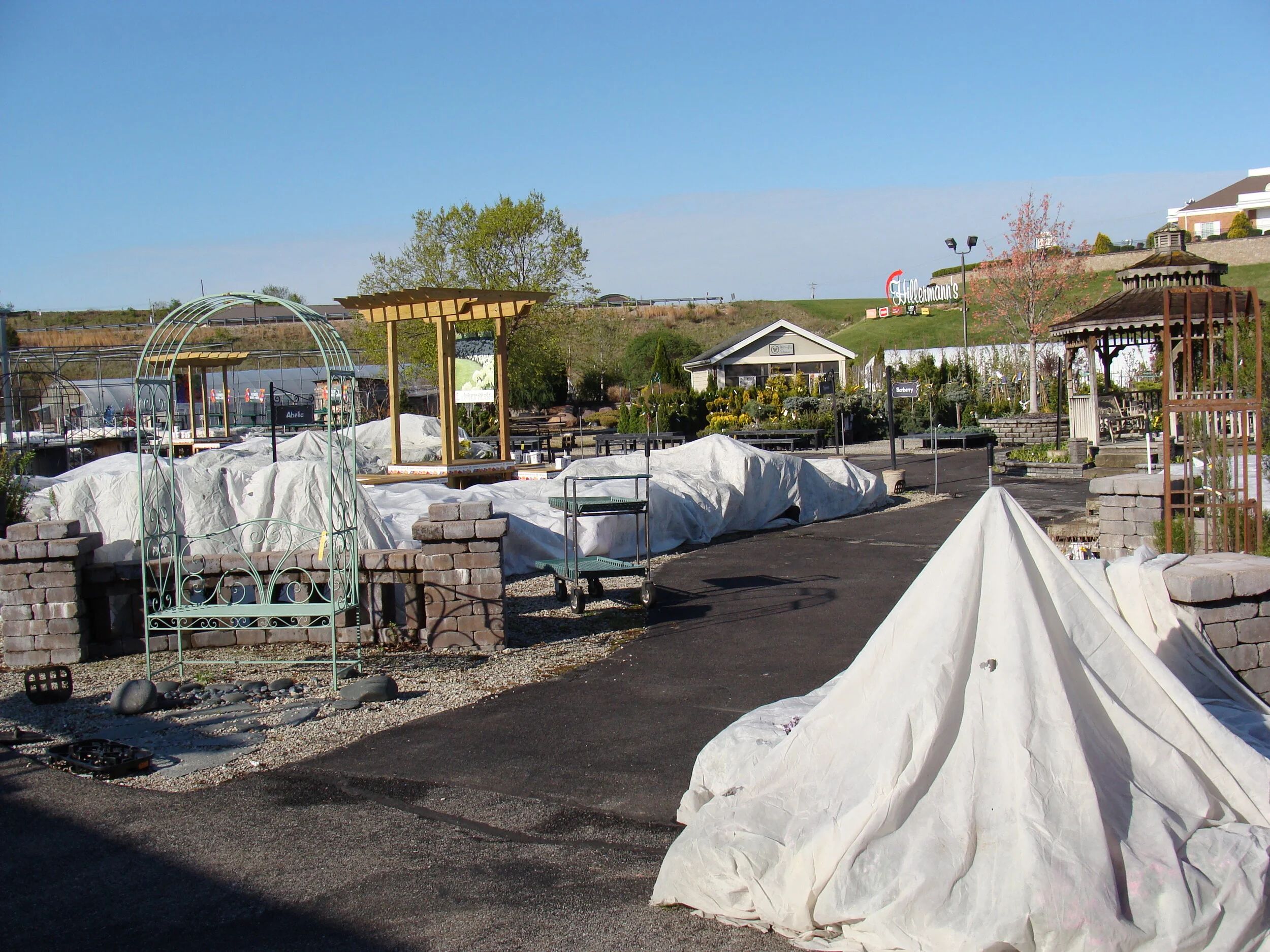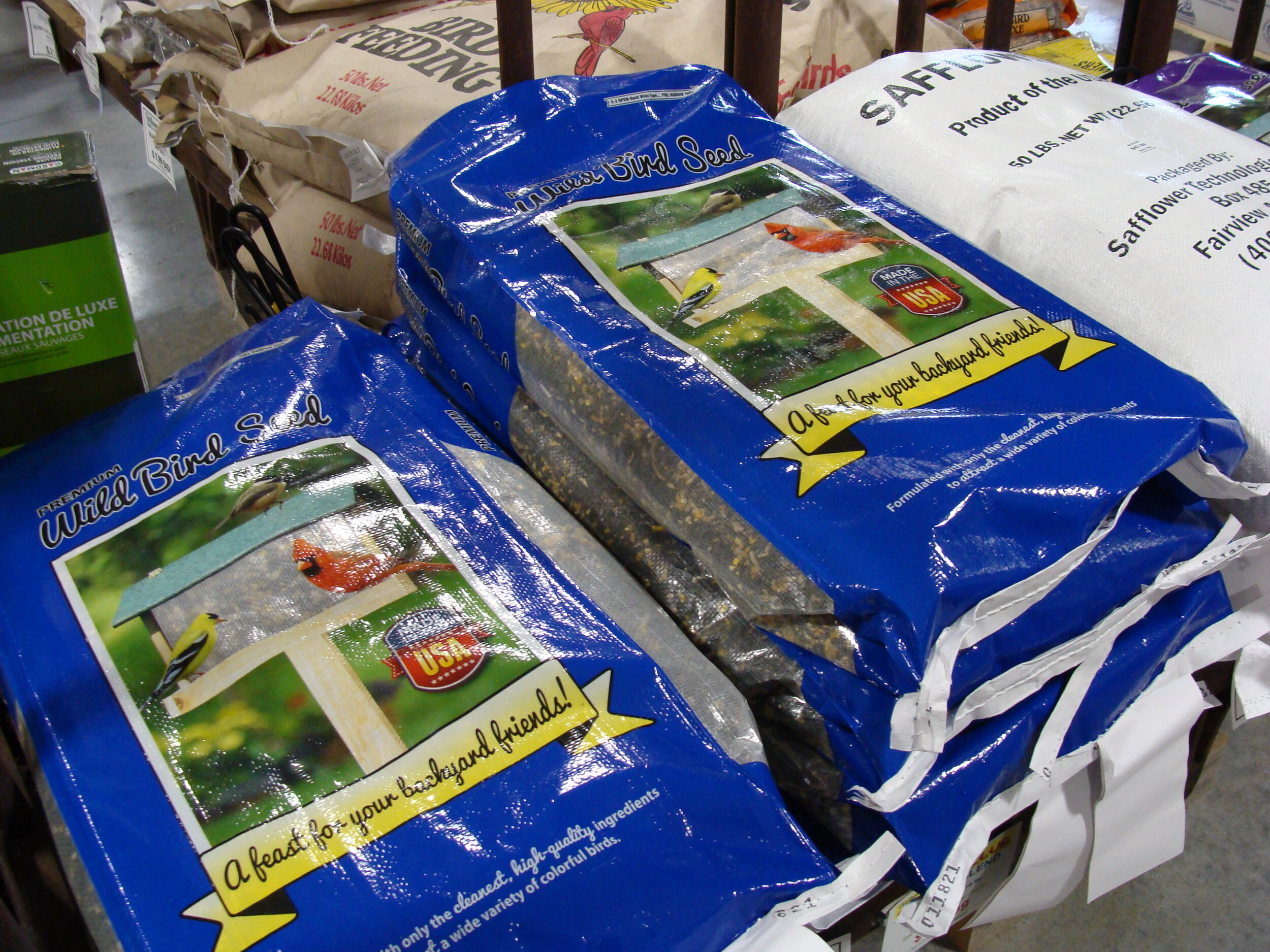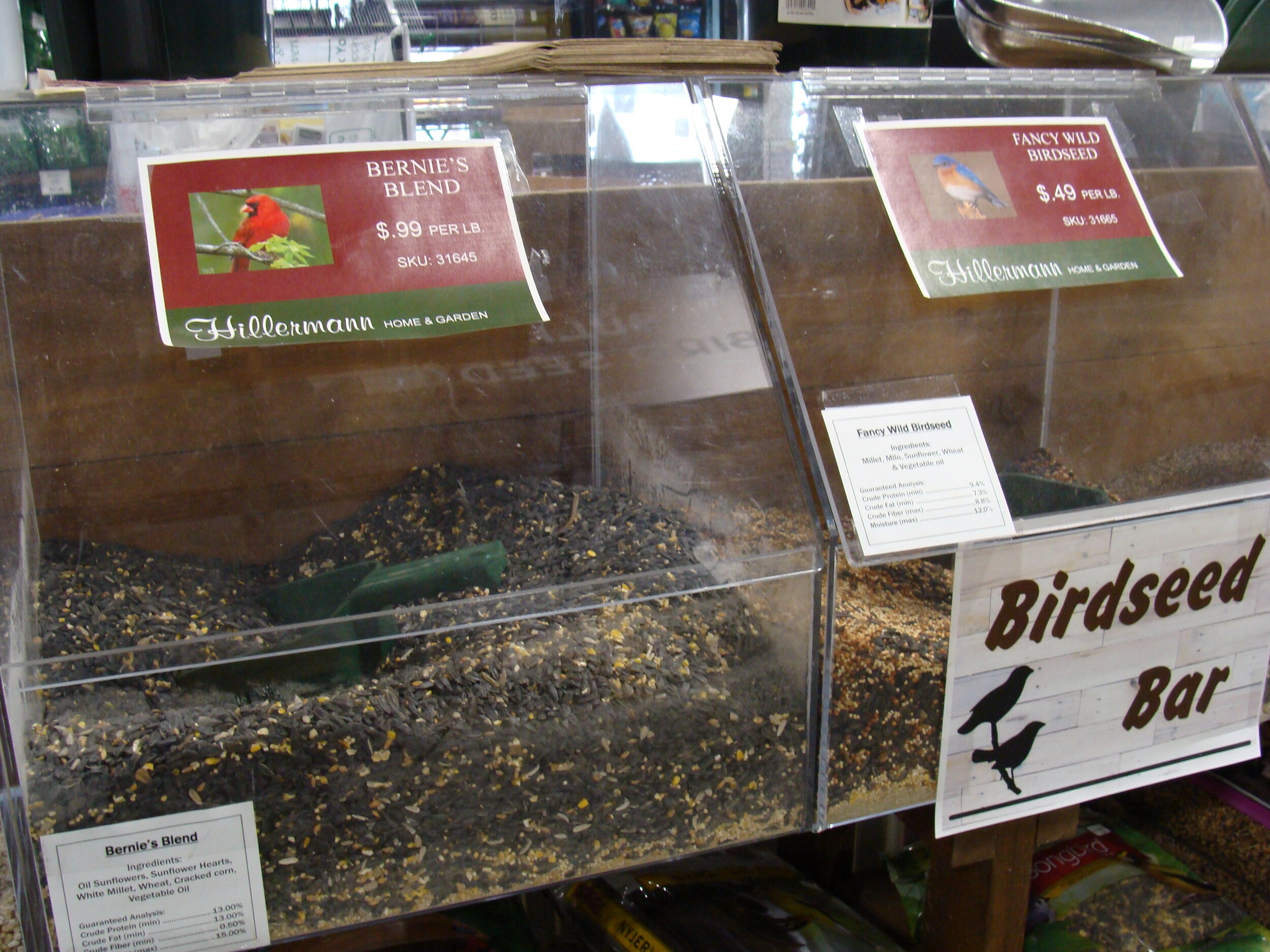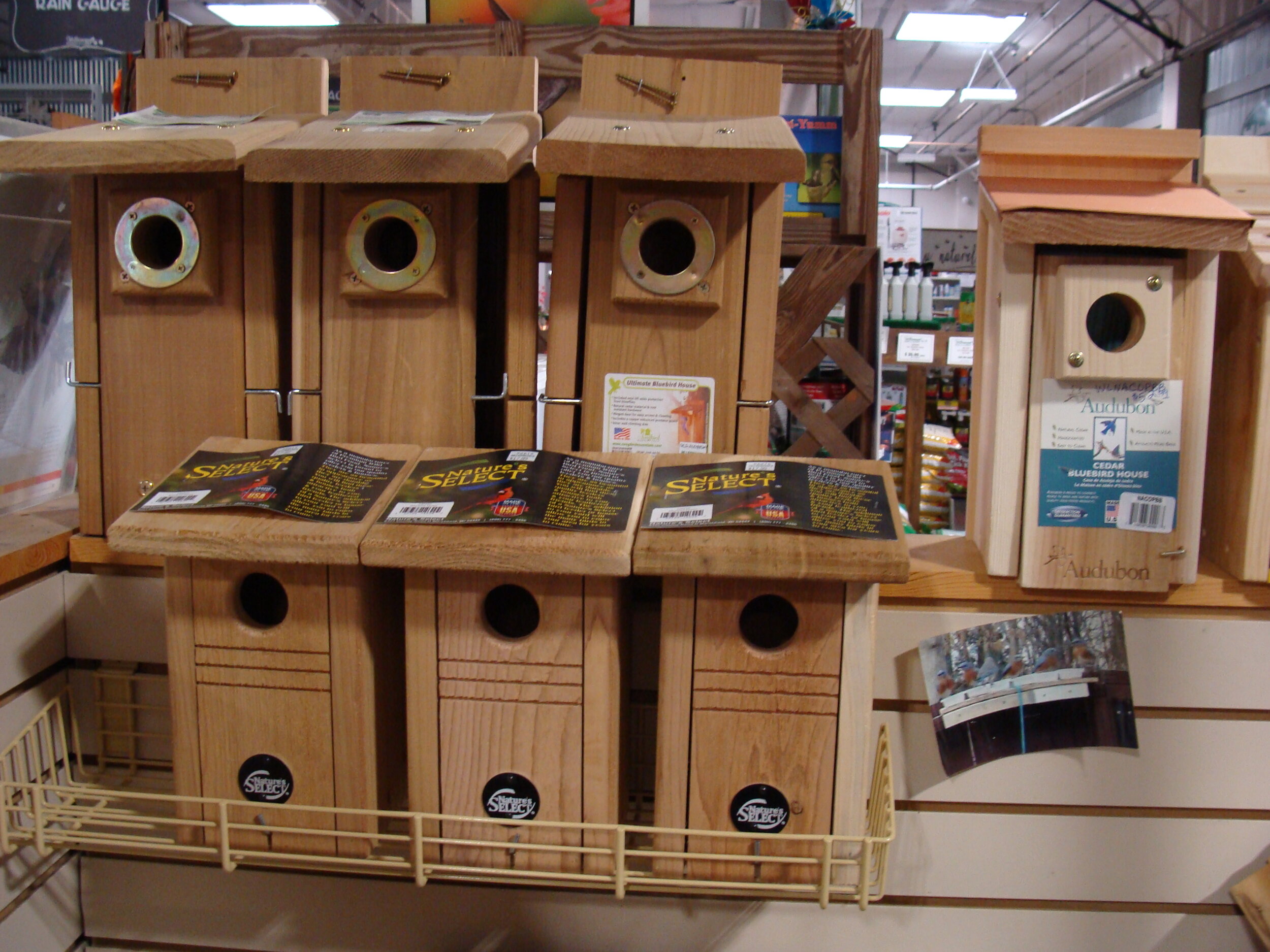www.provenwinners.com
Isn’t daylight savings time a wonderful thing!!!!! Enjoy the fruits of your labor and spend time outdoors. Extend your living quarters to your yard and garden. It is easy to do…hang a hammock in a tree, set a bistro set in the perennial garden, or put benches in your Hosta beds. Now invite friends over and have a cookout. Let the nature in your yard tickle your senses with the sounds of birds, smells of flowers, sound of running water, and splashes of color.
And while you are enjoying your yard, and I hope that you are, here are some items to put onto your gardening checklist. Begin planting summer annuals to add color and spice to the landscape. And don’t just stop with the flower beds. Container gardening is becoming a trendy thing. The many choices, styles, shapes and colors of containers make great accent pieces for inside or out. Let your imagination soar and express yourself. Use imaginative containers you pick up at flea markets and auction yards. Learn to mix annuals and perennials for great combinations. Try hostas with begonias and impatiens….or hydrangeas with groundcovers. These containers can make great accent pieces on the front porch, the back deck, in a flower bed, around the pool or at the end of the driveway. Containers aren’t just plain anymore!!!!
Take your houseplants outdoors once the evening temperatures will remain above 50`. Gradually move sun loving plants (hibiscus, gardenias, mandevillas, etc.) to sunny locations, as they have not had full sun in your home and will need to be acclimated to those conditions.
Plant summer bulbs now and fertilize with bone meal or bulb food. Pinch garden mums now till July 4th to insure proper fall blooming. Treat slugs in your garden with organic diatomaceous earth. This is a powder product, 100% safe and is good for the treatment of slugs, ants, fleas and ticks outside, as well as roaches and ants indoors. This organic product is very safe to use and good to have on hand.
Other insects to watch for this month are pine sawflies, aphids, scale crawlers, cucumber beetles, and grubs, to name a few. Permethrin is the product on the market today. Permethrin will work a large variety of insects on plants, in the soil and in the home. It comes in many formulations and strengths. See a professional for questions of use of this product.
Keep helping the wild birds in your piece of heaven on earth and help the pollinators as well. Plant more natives and use organic products when needed.
Until next month…see you in the garden….
Sandi Hillermann McDonald
